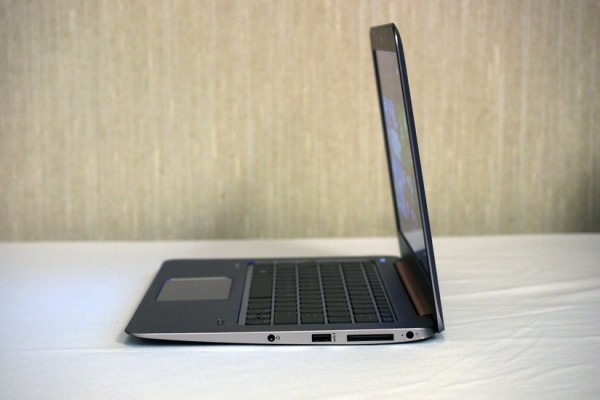Can I upgrade? This is a question that’s often asked by laptop owners. There’s a wide range of parts inside our laptops, some can be upgraded but unfortunately, many cant.
1. System memory:
Many entry-level laptops are delivered with barely sufficient amount of RAM. A $300 laptop could be equipped with 2GB of RAM, which is barely enough in a Windows 7 or Windows 8 environment. It is only usable for a bit of multitasking such as opening Microsoft Office and Google Chrome web browser at the same time. People who plan to be more productive by opening more software at the same time should consider upgrading the system memory.
4GB of RAM is sufficient for typical office workers, while people with gaming laptop should consider adding 16GB of RAM, especially if their machines are equipped with powerful processor and GPU.

2. Storage:
Replacing storage is among the easiest task when we plan to upgrade our laptop. Older laptops only accept hard drives manufactured by specific vendors, but newer models should be much more flexible. New laptops are usually equipped with SATA connectors, instead of the slower IDE technology. However, even if the SATA technology itself is backward compatible, installing a brand new 1.5TB 2.5-inch HDD can be problematic if the system BIOS can’t detect the storage’s full capacity.
For easier solution, it is better to bring the laptop to the computer store and ask for compatible drives. Laptops come with different physical dimensions; some are designed as sleek, fashionable machines; while others are intrusively thick. So, it’s necessary to see whether our laptops support hard drives with a maximum of 12mm or 9.5mm thickness.
With HDD, we should know that 7200rpm models can deliver a bit more oomph than older 5400rpm models. We should also consider choosing between HDD or SSD, the latter provides lightning-fast loading speed but at much higher price. Again, before upgrading our laptop, we should know how much money we can allocate and consider whether we really need to spend that much. Each upgrade added into our laptop should translate to direct improvements in productivity.
3. Processor:
Unfortunately, most laptops have processors that are soldered permanently to the motherboard. However, some models use replaceable sockets and it is possible to replace processors when needed. Determining the right type of new processor may require professional helps. Technicians will choose processor from the same family, which have compatible number of pins.
We should read up the specifications of the processor and look for benchmark data. In some cases, we need to spend $100 more for less than 20 percent boost in performance. We should consider whether the extra push in performance is necessary and can really make us more productive.
4. Motherboard:
Unfortunately, it is not possible to upgrade motherboards, because they are often proprietary components. The only situation where people have new motherboard is when they need to replace it due to unexpected malfunction, instead of a deliberate attempt to upgrade. In fact, new motherboard doesn’t really improve performance at all.
The Author’s hobbies includes playing football, video games and learning small business seo services tips and tricks.


